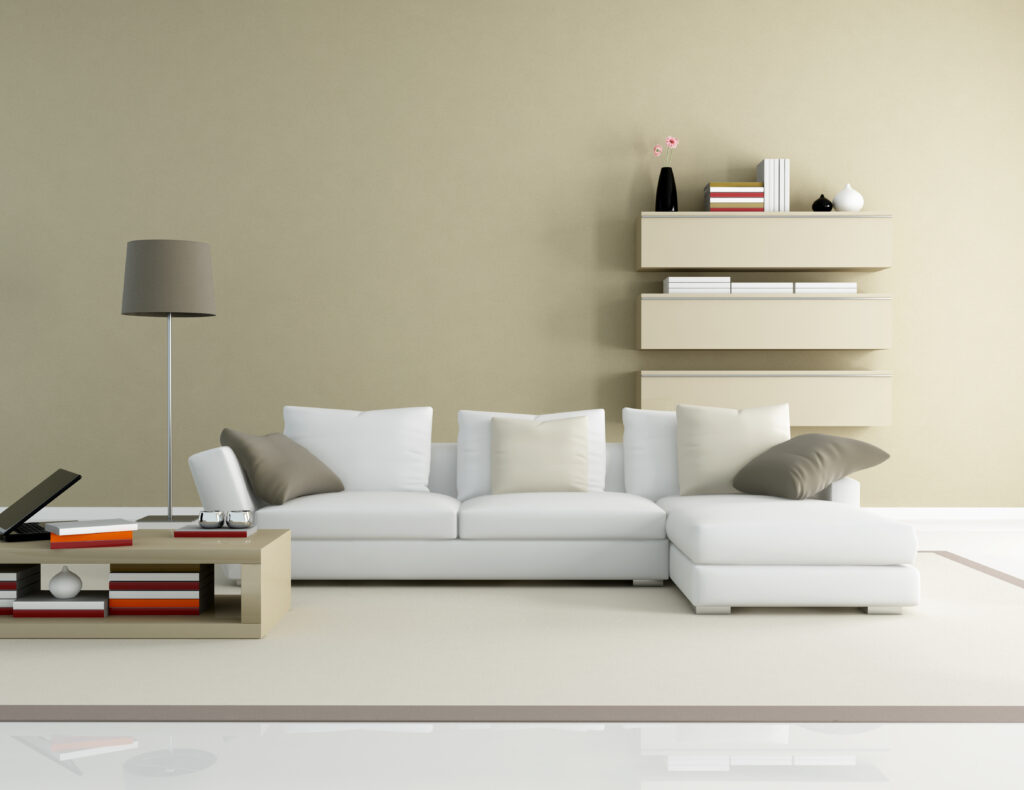
Introduction
Medium density fiberwood (MDF) is a synthetic building material used in wooden constructions. Both softwood and hardwood are broken down into wood fibers in a defibrator which are then combined after treatment with resin and wax. These wood fibers are pressed at high temperatures and pressures to get MDF panels. With its introduction in the 1980s, MDF has been in existence for quite some time now. Its sturdiness and cost effectiveness have made it popular in constructions as well as manufacture of cabinets and cupboards. Along with its many advantages, MDF has its own disadvantages and here we shall discover the pros and cons of this relatively new building material over traditionally used wood.

Advantage of MDF Furniture
1.MDF is an economical choice. It's inexpensive to make so you will pay less for it in the store than for some solid wood pieces.
2.MDF uses recycled wood in its construction, thereby helping to save trees.
3.MDF is easy to paint in many different colours, whereas solid wood has a difficult time taking some colours.
A smooth material throughout, MDF does not have knots that can blemish the surface of a piece or make components difficult to attach.
4.The chemicals used in the construction of MDF make it poisonous to pests such as termites.
5.MDF will not expand and contract due to heat and humidity the way solid wood can.
6.Shaping MDF is easier than shaping solid wood, making it easier to do more elaborate designs.
Veneer can easily be attached to MDF to give it the look of genuine wood.
Disadvantages of MDF Furniture
1.As noted above, when MDF is being constructed, it may off-gas small amounts of formaldehyde, though this has largely dissipated by the end of the construction process. MDF which has been painted reduces any health risk still further.
2.MDF tends to be high maintenance - if you chip it or crack it, you cannot repair or cover the damage easily as you typically can with solid wood.
3.The chemicals used in making MDF make the material less child-friendly than other materials.
Direct exposure to water can cause MDF to swell.
4.There is no grain on MDF, as it is not a natural wood product. If this is an issue, however, it is easily remedied with veneer.
5.The glue present in MDF can make it hard to sink certain types of fasteners into the material.
Copyright © 2024. Hangzhou Fengyuan Wood Co.,Ltd All rights reserved.